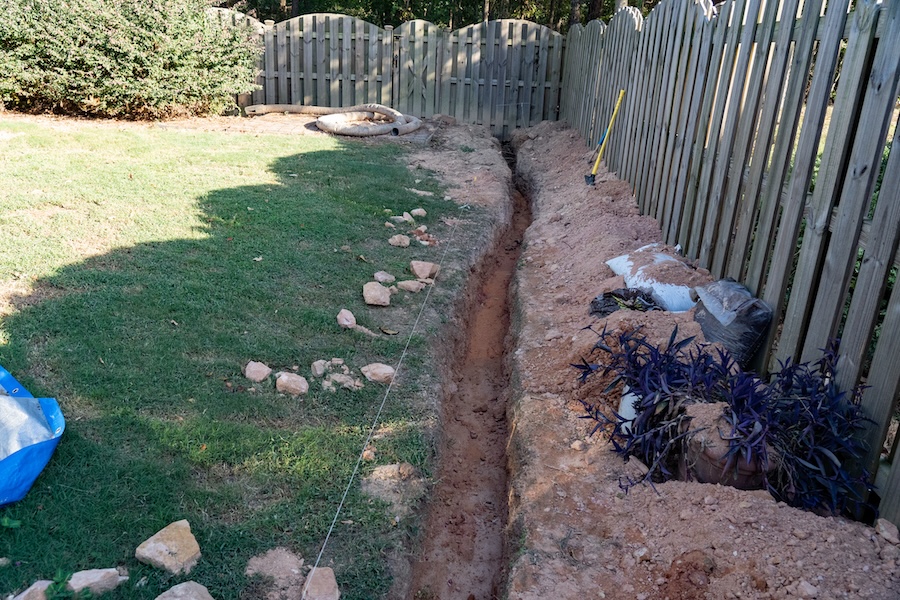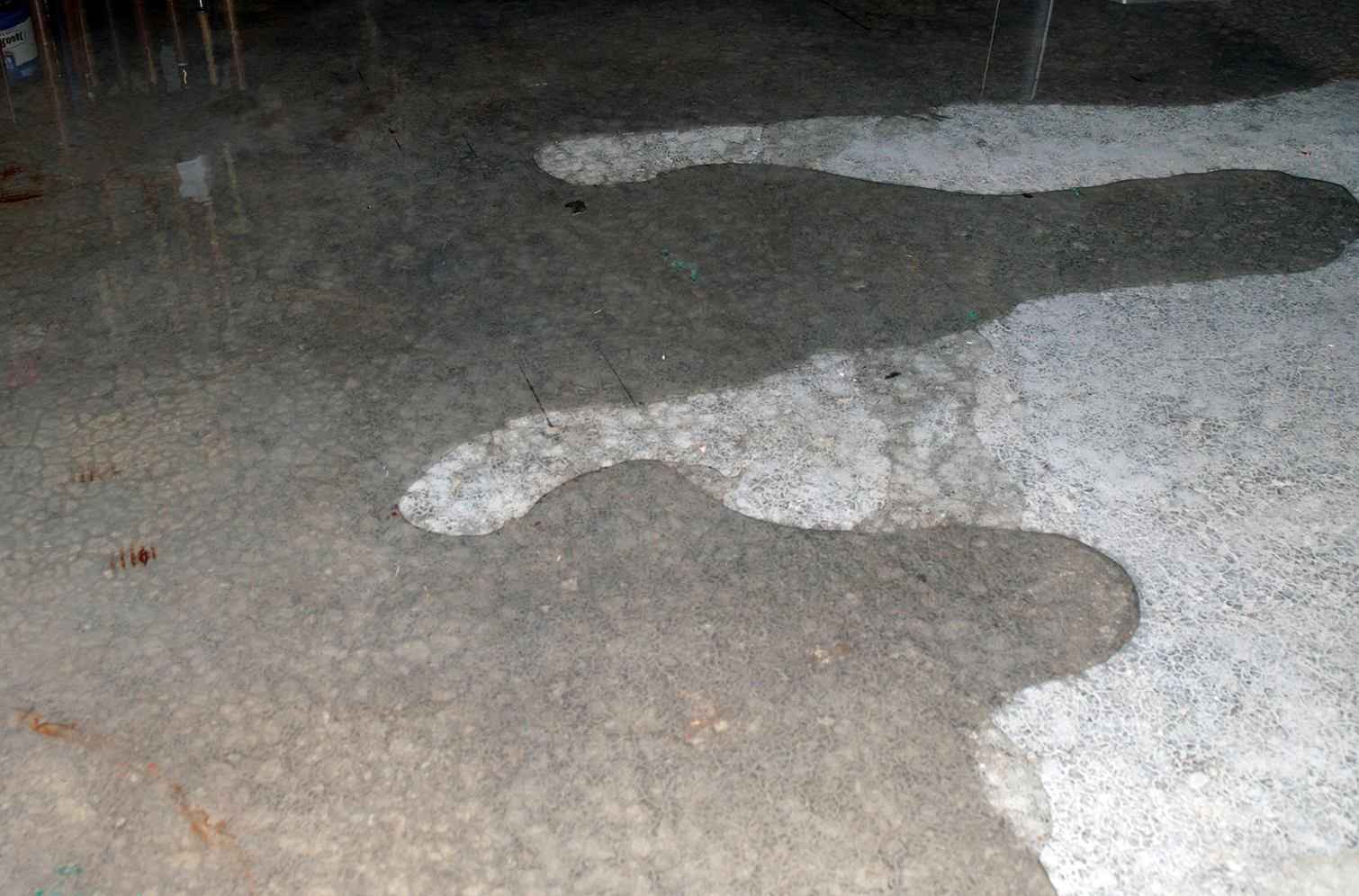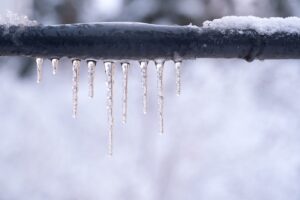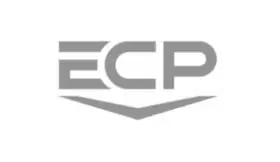Facing water problems? Don’t guess—get the right fix from the start!
When water starts seeping near your foundation or into your basement, it’s easy to feel overwhelmed. A French drain system is one of the most reliable ways to protect your home—but should you go with a DIY French drain or hire a professional French drain installer?
This guide breaks down both options to choose what’s best for your home, skills, and budget. We’ll cover the pros, cons, hidden costs, and when it’s worth calling in the experts. If professional help is the right path, AMC911 ensures your French drain is done right the first time.
Let’s dig in—and help you drain the stress away.
What Goes Into Installing A French Drain?
Thinking about a DIY French drain around your house or foundation? While it’s possible to install a French drain yourself, getting it right takes careful planning and hard work. Here’s what goes into it:
- Planning the Slope: Water only flows downhill, so the trench must have the right slope. Most French drains need about 1 inch of drop every 8 or 10 feet. Without that, the system won’t drain properly.
- Checking for Utility Lines: Before you dig a French drain, always mark underground lines. This step helps avoid dangerous and costly mistakes.
- Digging the Trench: The correct trench depth is key—usually 18 to 24 inches. It needs to be deep and sloped enough to carry water away from your home.
- Installing the Pipe and Gravel: A perforated pipe wrapped in fabric to prevent clogs goes into the trench. Then, it is filled with clean gravel. Many DIY French drain installations fail due to poor materials or setup—one of the most common French drain mistakes.
- Covering the Trench: Once everything’s in place, restore the surface with grass, soil, or stone to match your yard.
If you’re unsure or want peace of mind, it may be smarter to hire a waterproofing company or experienced drainage contractor. Professionals like AMC911 know how to avoid mistakes and ensure the system works long-term.
Here’s a sample plan of a French drain system from the Florida Department of Transportation (FDOT)—it shows just how intricate proper installation can be.
DIY French Drain Installation: What To Expect
Thinking about a French drain installation DIY project? It’s possible to do it yourself—especially for small drainage issues—but it’s important to know what’s involved and where the limits are.
Pros:
- Lower Upfront Cost: You’ll save money on labor, making DIY more budget-friendly for short runs.
- Full Control: Choose your materials and set your timeline.
- Good for Simple Jobs: DIY is often enough for minor drainage problems in open yard spaces.
Cons:
- Hard, Physical Work: Digging the trench and moving gravel is demanding—especially without a power trencher.
- It is easy to Miscalculate or Use the Wrong Materials. Misjudging the slope, using the wrong pipe, or skipping landscape fabric are common French drain mistakes that can cause the system to fail.
- No Warranty: If it doesn’t work or clogs over time, you’re responsible for repairs or redoing the job.
- Not Ideal for Foundation Drainage: If water is pooling near your home’s foundation, basement, or crawl space, DIY might not be the answer. That type of drainage often requires deeper work, permits, or a professional touch.
Typical DIY French Drain Installation Cost & Tools:
- Trenching shovel or rented trencher
- Perforated pipe
- Landscape fabric
- Clean gravel or drainage rock
- Wheelbarrow for hauling materials.
Estimated cost: $5–$20 per linear foot, depending on your chosen tools and materials.
DIY works best for simple backyard drainage fixes in accessible areas. However, if you have water near your foundation, basement walls, or crawl space, it may be more than a DIY project can handle.
Professional French Drain Installation: Why It Matters
When water pools near your home or seep into your basement or crawl space, a professional French drain installation is often the safest and most effective choice.
Pros:
- Expert Design: Pros assess slope, soil type, and water flow to create a reliable and lasting system.
- Faster, Cleaner Results: With proper tools and experience, the job gets done quickly and with less disruption to your yard.
- Handles Complex Work: Ideal for foundation drainage, sump pump tie-ins, and projects near load-bearing walls.
- Warranties and Ongoing Support: Most pros offer warranties and optional maintenance plans for peace of mind
Cons:
- Higher Upfront Cost: Professional jobs typically cost $10 to $100+ per linear foot, depending on depth and complexity.
- Scheduling Wait Times: Availability may vary—especially during wet seasons when demand spikes.
When weighing French drain pros and cons, remember that some issues—especially water near basements or crawl spaces—are beyond the scope of a DIY French drain around the foundation. These jobs often involve deeper digging, structural care, and waterproofing connections that require a trained team.
That’s where trusted French drain contractors like us come in—bringing years of experience and long-term protection you can count on.
When To DIY And When To Hire A Pro
Not all drainage problems are the same—and neither are the solutions. Use this quick guide to decide whether a DIY French drain installation is the right fit or if it’s time to call in the pros.
| Situation | Best Choice |
| Small puddles in a flat yard | DIY |
| Water near basement walls or windows | Professional |
| Retaining wall drainage | Professional |
| Limited tools or mobility | Professional |
| Previous drainage solutions failed | Professional |
If the consequences of failure involve structural damage or mold, it’s best to call in an expert.
Important Considerations Before Going DIY
Installing a French drain might sound simple, but there are a few things to think through before you start digging:
- Slope Accuracy – A steady 1% slope is crucial. Even small errors can cause water to back up or pool.
- Soil Type – Clay drains poorly and can clog pipes, while sandy soil drains faster. Know what you’re working with.
- Obstacles – Tree roots, utility lines, and patios can make digging tricky.
- Drain Location – Water must exit safely, away from your home, sidewalks, and neighbors.
- Physical Labor – Digging a trench by hand is tough, especially if it’s long or deep.
Common Mistakes in DIY French Drain Projects
Some of the most common and costly DIY errors include:
- Improper slope or trench depth
- Wrong pipe type (e.g., not using perforated pipe)
- No landscape fabric, leading to clogged systems
- Discharging water in the wrong place
- Skipping permits or utility checks
These missteps can cause your system to fail—or make problems worse. If you’re unsure, working with a licensed drainage contractor is safer.
How AMC911 Supports Homeowners
At AMC911, we don’t just install French drains—we solve water problems at the root. Serving Chesapeake, Norfolk, Virginia Beach and the surrounding areas, our experts provide:
- Free, no-pressure home inspections
- Custom drainage plans tailored to your yard, soil, and structure
- Fast, mess-free installation using professional-grade tools
- Long-term warranties that back your system with confidence
Whether it’s water near your foundation or recurring yard puddles, our goal is to keep your home dry, stable, and protected all year.
Not Sure Which Route to Take? Let Us Help
If you’re weighing DIY vs. professional French drain installation, the best place to start is with the facts. Every yard, foundation, and drainage issue is different—and a one-size-fits-all approach can lead to more problems.
At AMC911, we offer free home assessments and expert recommendations tailored to your property’s unique needs—no pressure, just honest advice. Whether you’re dealing with soggy spots in the yard or water near your foundation, we’ll help you understand your options and choose the right path forward.
Contact us today and let our team help you build a lasting, worry-free drainage solution.


















